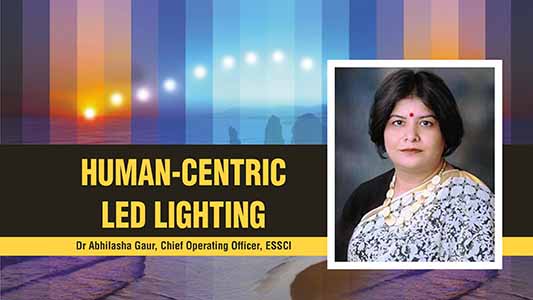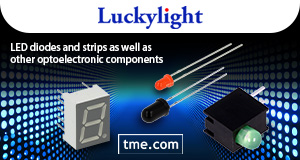Human-centric LED lighting is a new approach to lighting design that focuses on the impact of light on human health and well-being. It is based on the understanding that light is not just a functional necessity, but also a powerful tool that can be used to improve our mood, productivity, and overall health.
Human-centric LED lighting systems use tunable white LED lights to mimic the natural light spectrum. This means that the color temperature and intensity of the light can be adjusted throughout the day to match the natural rhythm of our circadian rhythms.
Circadian rhythms are our body’s natural sleep-wake cycles. They are regulated by a variety of factors, including light exposure. When we are exposed to bright, blue-rich light in the morning, it helps to wake us up and boost our energy levels. In the evening, exposure to warm, amber-rich light helps us to relax and prepare for sleep.
Human-centric LED lighting systems can be used to create lighting environments that support our circadian rhythms and promote optimal health and well-being. For example, in a school setting, human-centric lighting can be used to improve student alertness and focus during the day, and to promote relaxation and sleep at night. In an office setting, human-centric lighting can be used to improve employee productivity and well-being.
Human-centric LED lighting is still a relatively new technology, but it is rapidly gaining popularity as people become more aware of the benefits of lighting design that takes into account the impact of light on human health and well-being.
Difference between good lighting design in the past and Human Centric Lighting Today
The conviction that good lighting design puts people at the centre existed even before the term Human Centric Lighting. Difference between three types of illumination: light for seeing (ambient luminescence), light for looking at (focal glow) and light for viewing (play of brilliants).
It is focused on seeing for activities, but also includes well-being in architecture. If interior lighting is adapted to the lighting conditions of day and night, it also supports the human inner clock. For concepts relating to Human Centric Lighting however, one specific technical innovation was also decisive: the combination of LED technology with variable colour temperatures and digital networking made flexible and variable lighting possible.
The term “tunable white” established itself around 2015, describing the method of changing the spectrum of luminaires along the Planckian curve. Among specialists, who summarise different aspects of lighting such as brightness, colour temperature, quality of colour rendering and well-being with the term ‘quality of light’, the designation Human Centric Lighting has become widespread since 2013. The main difference is that Human Centric Lighting, with its holistic planning approach, takes greater account than before of the visual, emotional and biological aspects of lighting design. Initial planning recommendations from associations and institutions demonstrate how biologically effective lighting can be designed,
Human Centric Lighting is not just tunable white
Human Centric Lighting is characterised not by the individual technical characteristics of a luminaire but by a nuanced approach to the lighting effect. The term ‘tunable white’ is often used in media as a synonym for Human Centric Lighting. However, this feature applies to only one of the four essential lighting parameters of the holistic planning method.
Equipping an entire office floor uniformly with tunable white luminaires ignores the fact that different areas of use require different light distributions. Specific visual tasks must be illuminated, whilst avoiding monotony, a nuanced atmosphere should be created, and a sense of structure applied to functional areas within the architecture. Compared to the factor of time, the light spectrum is readily overestimated as a parameter for biological effects
Here are some of the benefits of human-centric LED lighting:
• Improved sleep quality
• Increased energy levels
• Improved mood and well-being
• Enhanced cognitive function
• Reduced stress and anxiety
• Improved productivity
• Reduced absenteeism
• Reduced energy costs












